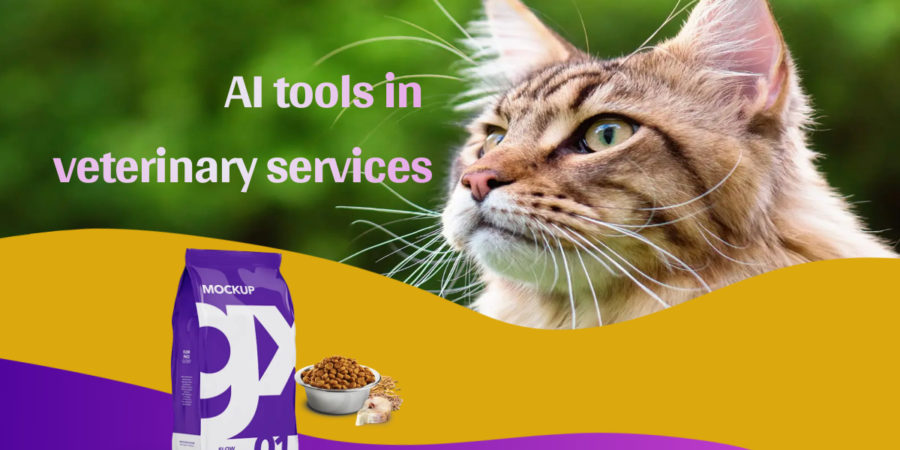AI tools are becoming increasingly prevalent in veterinary services, with veterinarians and pet owners leveraging the power of technology to improve animal health and care. AI tools in veterinary services can be divided into several categories, including image recognition, predictive analytics, virtual assistants, chatbots, and wearable devices.
Image recognition tools use AI algorithms to analyze medical images such as X-rays, CT scans, and MRIs, helping veterinarians diagnose health issues in animals quickly and accurately. Predictive analytics tools analyze large amounts of data, such as medical records and lab results, to identify patterns and predict potential health issues in animals. Virtual assistants and chatbots provide 24/7 support to pet owners, answering questions, providing advice, and guiding them through common issues. Wearable devices, such as collars and other monitoring devices, can track animal health metrics and provide real-time feedback to veterinarians and pet owners.
Overall, AI tools are helping veterinarians provide better care and improve the health and wellbeing of animals. By leveraging the power of technology, veterinarians can make more informed decisions, provide more personalized care, and improve outcomes for animals. As AI technology continues to improve and evolve, we can expect to see even more innovative and effective AI tools in veterinary services in the future.
There are several AI tools that are being used in veterinary services to improve animal health and care. Here are some of the most commonly used AI tools in veterinary services:
- Image recognition: AI-powered image recognition tools can help veterinarians identify and diagnose health issues in animals by analyzing medical images such as X-rays, CT scans, and MRIs.
- Predictive analytics: Predictive analytics tools can analyze large amounts of data to identify patterns and predict potential health issues in animals. This can help veterinarians take proactive steps to prevent or treat health issues before they become more serious.
- Virtual assistants: AI-powered virtual assistants can help veterinarians and pet owners with a range of tasks, such as scheduling appointments, answering questions, and providing general health information.
- Chatbots: Chatbots can be used to provide 24/7 support to pet owners by answering questions, providing advice, and guiding them through common issues.
- Wearable devices: AI-powered wearable devices can monitor animal health metrics such as heart rate, respiratory rate, and activity levels, and provide real-time feedback to veterinarians and pet owners.
Overall, these AI tools are helping veterinarians provide better care and improve the health and wellbeing of animals.
Also You May like to read below articles
Lost Your Phone? Let AI Help You Find It
From Data to Decisions: The Benefits of Decision Support Systems


